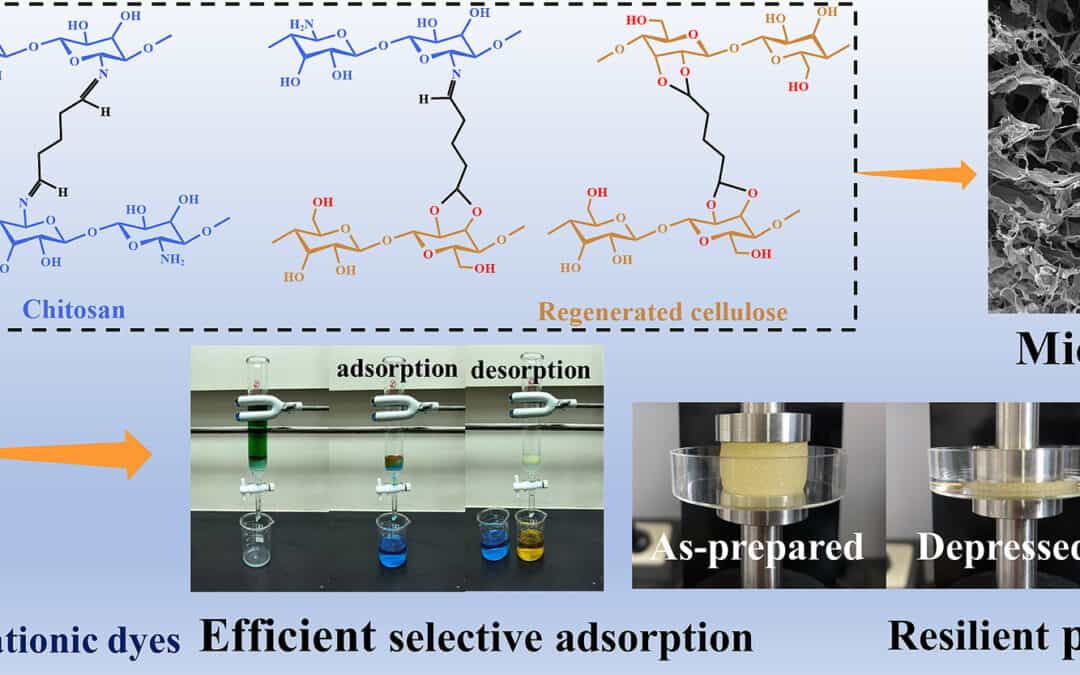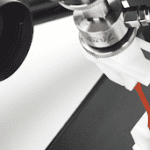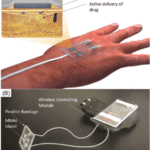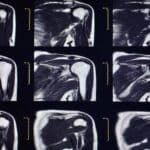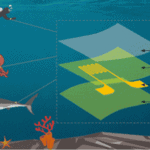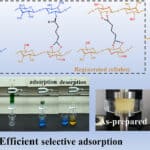The quest for innovative solutions to water pollution has led to significant advancements in materials science, particularly in the development of highly efficient water filtration systems. Aerogels, with their porous structure and lightweight characteristics, stand at the forefront of this revolution. The introduction of chitosan/zeolite composite aerogels presents a promising approach for the swift and effective removal of toxic anionic dyes from wastewater, which are hazardous to both aquatic life and human health.
This new class of aerogels boasts a remarkable adsorption capacity due to the inherent properties of its composite materials. On the one hand, chitosan is known for its ability to purge water of contaminants, while zeolite delivers an increase in adsorption efficiency, especially for anionic dyes. These aerogels are not only tailored for this specific application but also pave the way for addressing broader environmental concerns associated with water pollution.

Key Takeaways
- Chitosan/zeolite composite aerogels effectively remove toxic anionic dyes from wastewater.
- The hybrid composition contributes to the high adsorption capacity and efficiency.
- This aerogel technology is a step towards combating water pollution on a broader scale.
Overview of Aerogel Technology in Wastewater Treatment
As you explore the use of aerogel technology in wastewater treatment, you’ll find it to be a leading-edge solution with distinct properties and advantages. Particularly, when it comes to the removal of toxic dyes, aerogels offer an effective and sustainable approach.
Properties and Advantages of Aerogels
Aerogels, with their lightweight structure and high surface area, are excellent adsorbents which make them ideal for wastewater treatment. One of the primary benefits of aerogels is their porosity, which allows for effective trapping and removal of contaminants. The adsorption efficiency of aerogels can be attributed to their unique functional groups, which bind with various pollutants, including toxic dyes.
Moreover, the incorporation of biopolymers like chitosan and alginate enhances the adsorption capacity of aerogels, thanks to the presence of active sites within their structure. The recyclable nature of these materials further bolsters their appeal, aligning with current sustainability initiatives to minimize waste.
Application of Aerogels in Dye Removal
The application of aerogels in dye removal relies on their ability to capture and hold toxic anionic dyes commonly found in industrial wastewater. The high efficiency of aerogels stems from their nanostructured network that can adsorb and retain these dyes. For instance, chitosan-based aerogels are especially effective owing to their amine functional groups that attract anionic dye molecules.
This particular use of aerogels showcases an advanced method where conventional wastewater treatment plants may struggle. Through the adsorption process, aerogels help ensure that water bodies are protected from the harmful effects of dye contamination, safeguarding the environment and human health.
Adsorption Mechanisms and Kinetics
Adsorption Isotherms
Adsorption isotherms describe the relationship between the amount of dye adsorbed on the aerogel and its concentration in the wastewater at equilibrium. The Langmuir isotherm model, which you’ll often encounter, assumes a monolayer adsorption on a homogeneous surface with no interaction between adsorbed molecules. This model is especially useful for your assessment of maximum adsorption capacities that are crucial for the design of treatment systems.
Kinetic Models and Adsorption Behavior
Understanding the adsorption kinetics involves uncovering the rate at which anionic dyes are removed from wastewater. The commonly applied pseudo-second-order kinetic model is critical to your comprehension, as it assumes that the adsorption rate is more dependent on the capacity of the adsorption process than the concentration of the dye. You will also consider the role of electrostatic interactions between the negatively charged dye molecules and the positively charged sites on the aerogel. Techniques like Scanning Electron Microscopy (SEM) and Fourier-Transform Infrared Spectroscopy (FTIR) provide detailed insights into the surface characteristics and functional groups of the aerogels that you are investigating. These techniques help elucidate the behavior and efficiency of aerogels as adsorbents for anionic dyes in wastewater treatment applications.
Mechanical Testing
Assessing aerogels’ strength during adsorption is vital for evaluating their efficacy in wastewater treatment. This ensures they maintain structural integrity in dynamic adsorption conditions. Methods like compression testing and tensile strength analysis gauge mechanical stability by testing resistance to deformation and breakage. Techniques like SEM and AFM offer visual insights into aerogel surface morphology and changes post-adsorption. CellScale’s MicroTester G2 facilitates compression testing for mechanical characterization. Rigorous testing confirms aerogels’ durability for effective dye removal, supporting environmental sustainability and water quality improvement.
Characterization and Enhancement of Adsorption Capacity
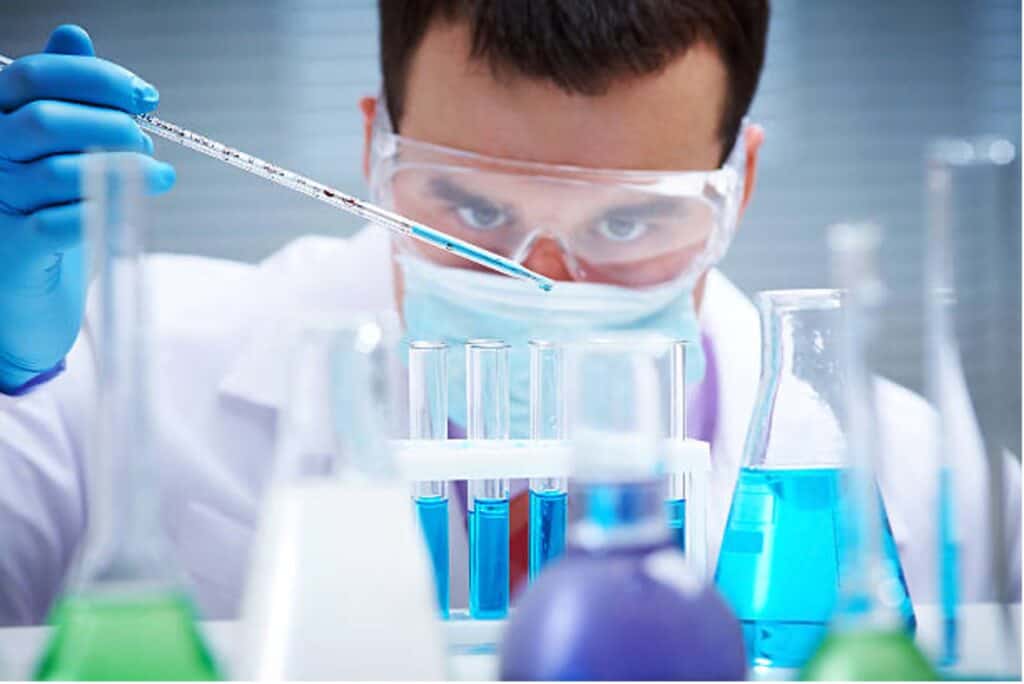
As you explore the advanced methods for treating wastewater, it’s important to understand how the characterization and enhancement of adsorption capacity occur. Aerogels designed for this purpose often undergo processes that increase their ability to adsorb toxic anionic dyes, with crucial factors including the specific surface area and the presence of functional materials.
Influence of Solution Properties on Adsorption
Properties of the solution, like solution pH and initial dye concentration, directly impact adsorption. An acidic pH can protonate amino groups on the aerogel, increasing the attraction towards negatively charged dye molecules. Conversely, an alkaline environment might lead to deprotonation and a reduced adsorption capacity. It’s crucial to control the pH to optimize the interactions between the aerogel and the dyes.
Similarly, a higher initial dye concentration can lead to a greater driving force for adsorption until the active sites become saturated. Therefore, monitoring the dye concentration can help in predicting the maximum adsorption capacity of the aerogel, and in planning the required dosage for effective wastewater treatment.
Environmental and Economic Aspects of Aerogel Use
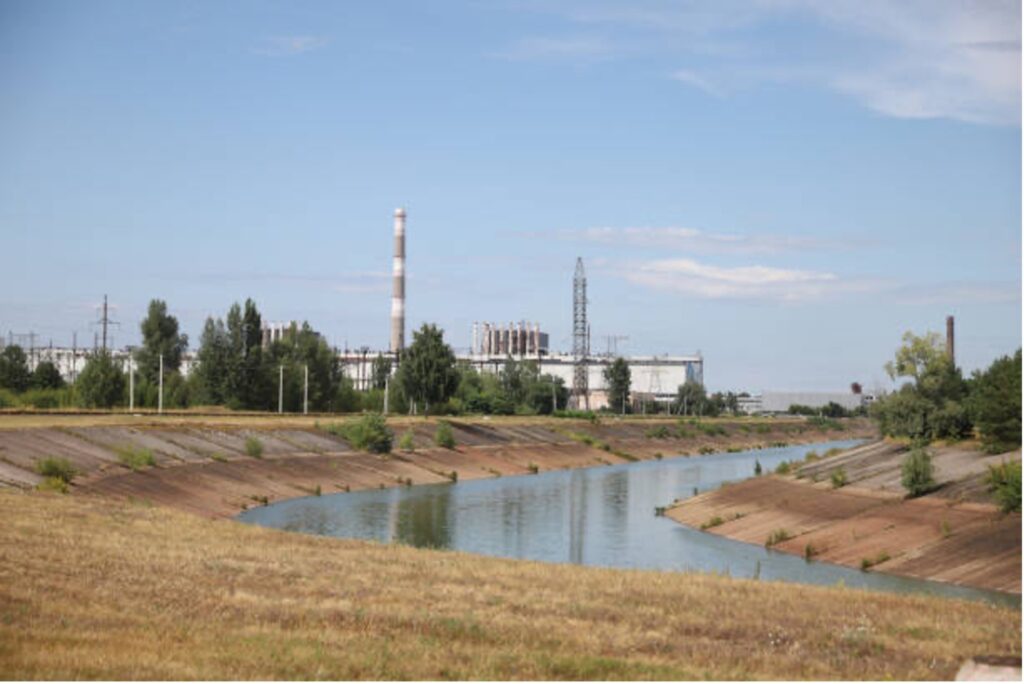
In wastewater treatment, aerogels represent a cutting-edge solution, particularly for removing hazardous anionic dyes. These materials not only protect natural resources by treating industrial wastewater, but they also offer an economical avenue for environmental applications, considering their recyclability and reusability.
Sustainability and Economic Viability
Investment in aerogel technologies for bioremediation comes with sustainable benefits. Aerogels are derived from abundant materials such as nanocellulose, reducing the reliance on non-renewable resources. The economic value unfolds as they effectively adsorb not only anionic dyes but also heavy metals and organic pollutants. This multifunctionality means less material is needed for diverse pollutants, optimizing costs in wastewater management.
- Cost-Effectiveness: On a large scale, aerogels utilization can lead to significant cost savings by minimizing the amount of material required.
- Sustainability: Aerogels contribute to sustainable practices by offering an alternative to traditional methods that often rely on finite resources.
Regeneration and Reusability of Aerogels
The reusability of aerogels significantly impacts operational costs. Given their structure, these aerogels can be regenerated, allowing for multiple uses before disposal. It’s important to understand the regeneration process, including associated costs and potential effects on the adsorption efficiency.
- Regeneration Process Overview: Typically involves washing the aerogel with a solution to desorb the trapped contaminants.
- Usage Lifespan: After regeneration, aerogels maintain their efficiency, which means you can reuse them numerous times, enhancing their economic viability.
Employing aerogels into wastewater treatment systems, contributes to a greener economy while potentially reducing expenditure over time. The blend of environmental and economic advantages makes aerogels a compelling choice for modern industry practices, and exploring this could drive material science and environmental remediation advancements. Scientific exploration such as this will propel us towards a cleaner, healthier planet through the dedicated effort of researchers and engineers.

